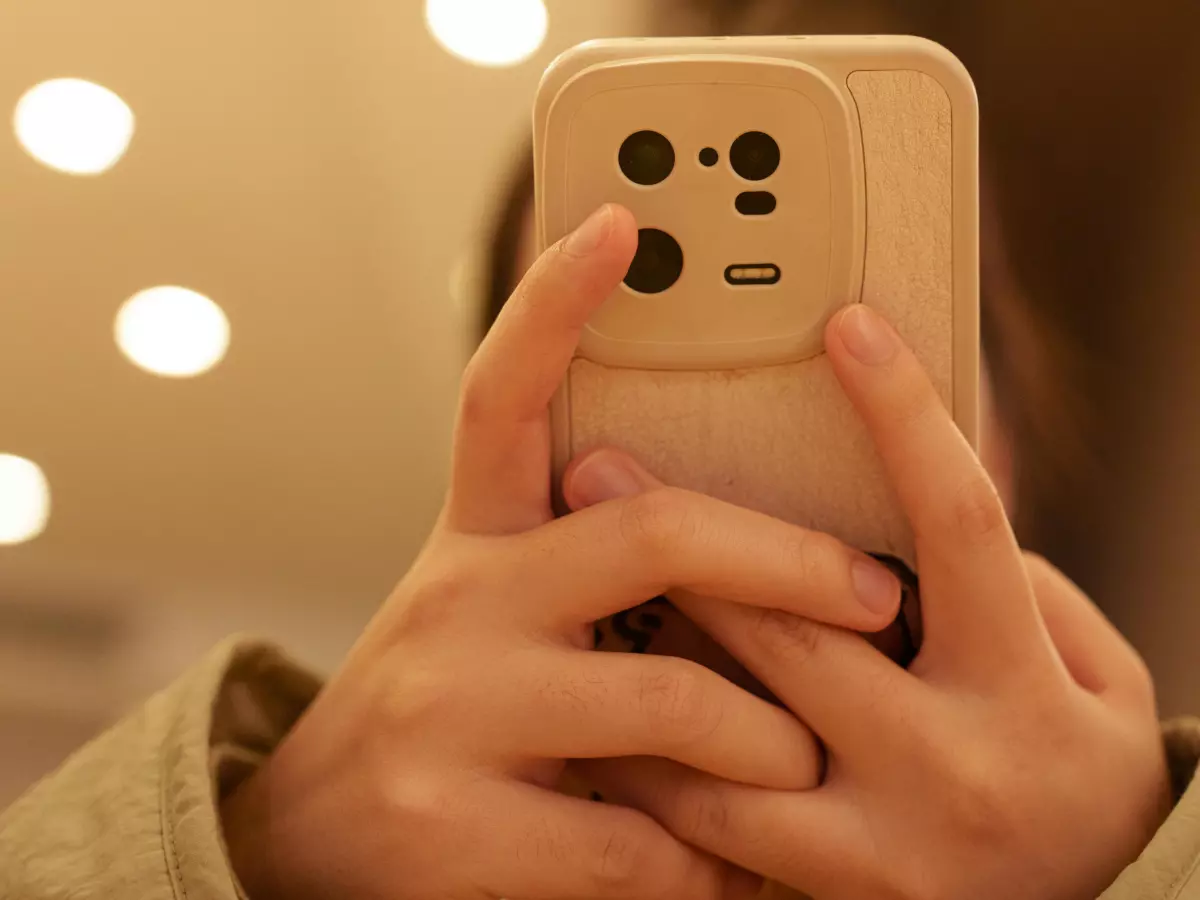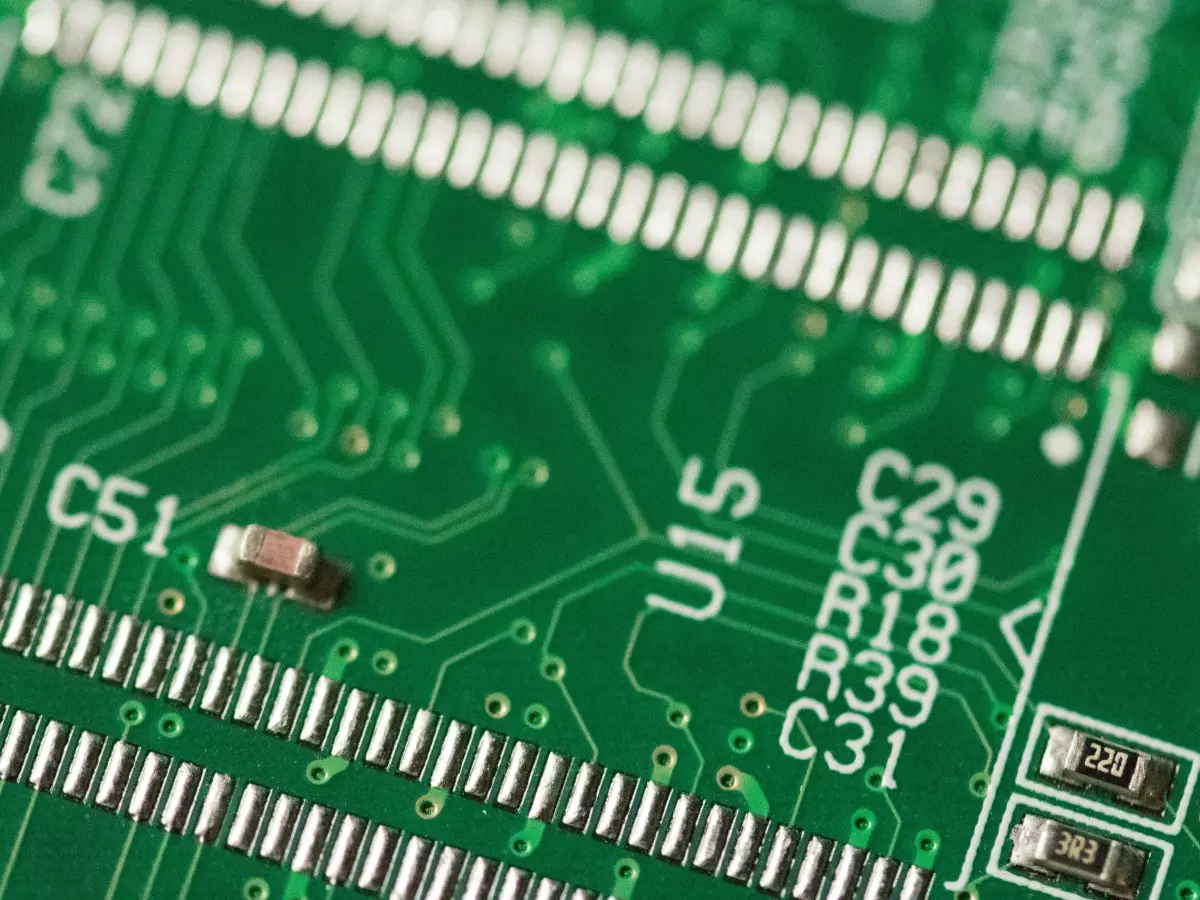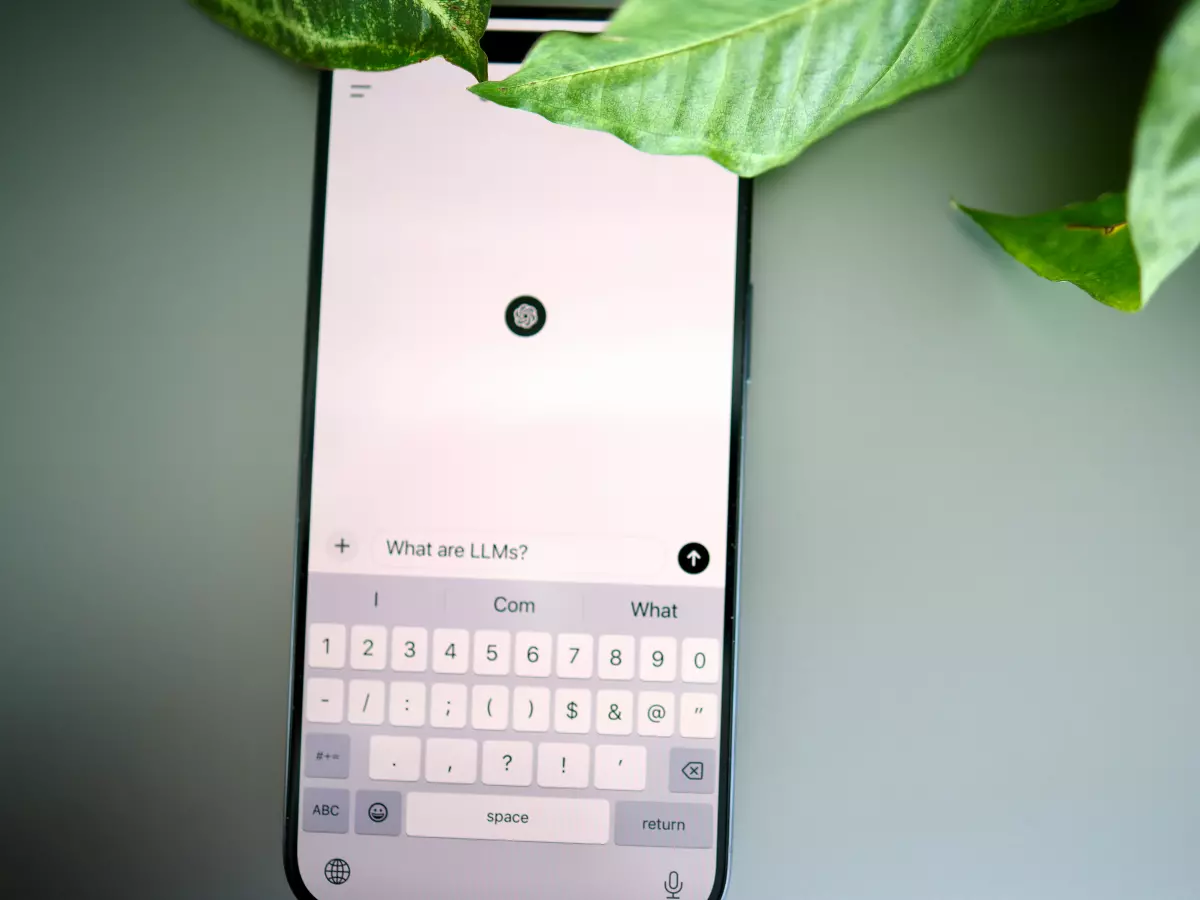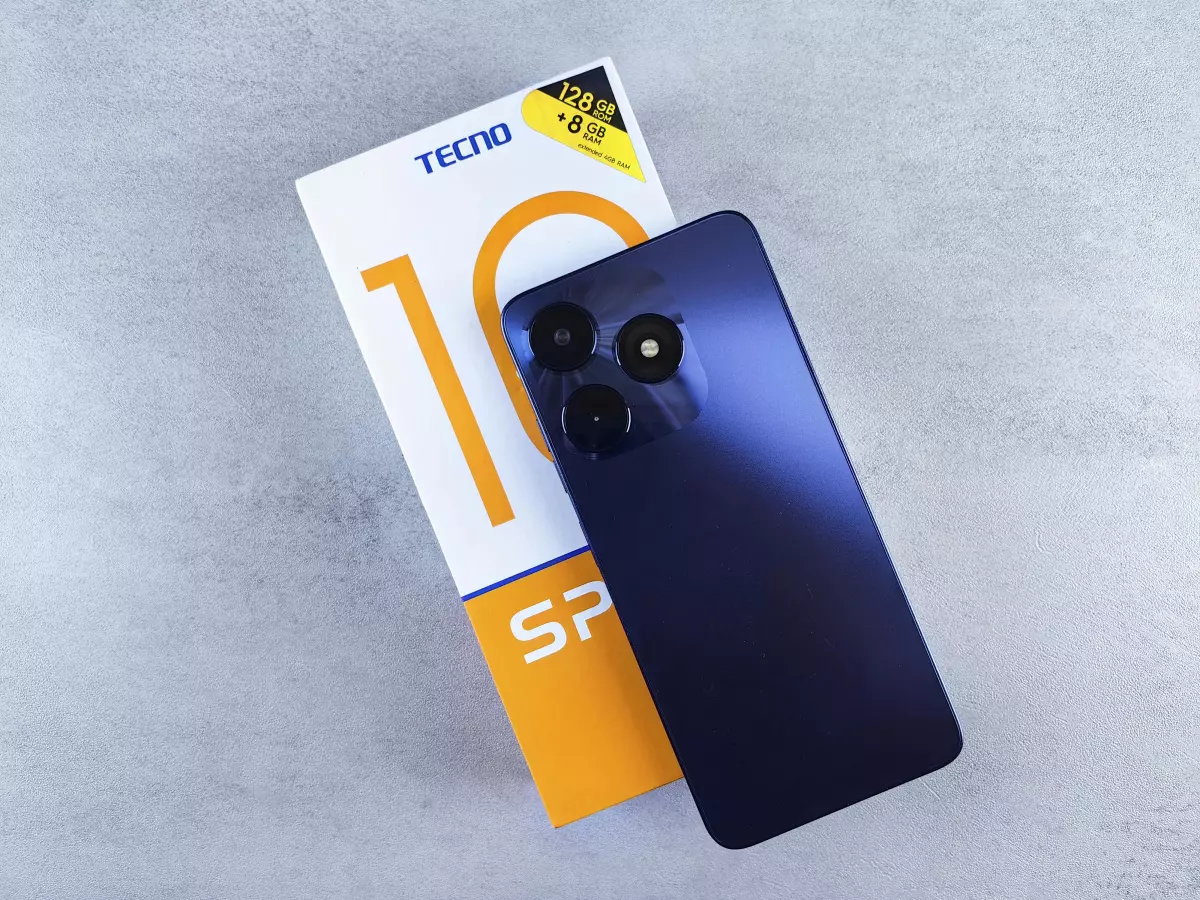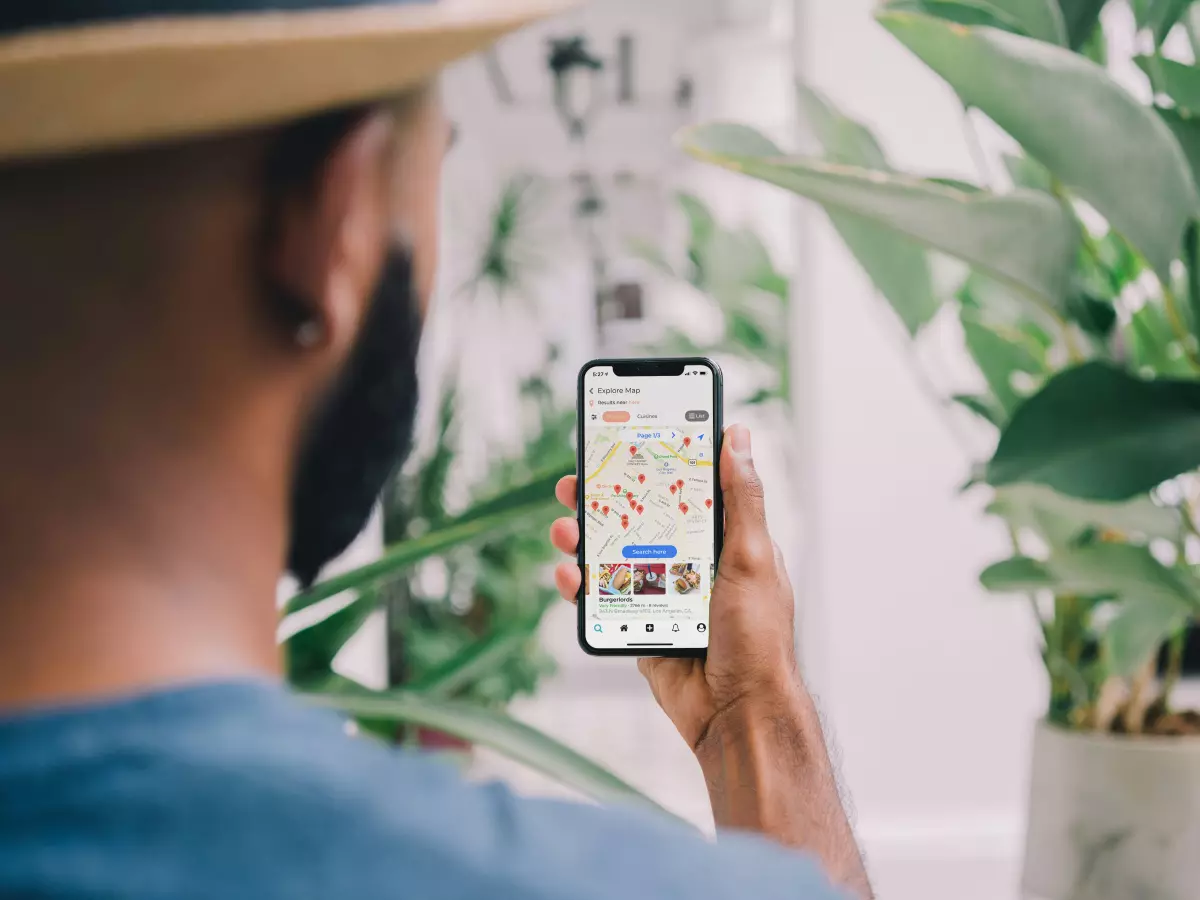Visual Intelligence Unleashed
Remember when Apple dropped Face ID with the iPhone X? It was a game-changer. Suddenly, unlocking your phone felt like stepping into the future. Now, Apple is at it again, but this time, it's not just about recognizing your face—it's about recognizing the world around you.

By Isabella Ferraro
With iOS 18.2, Apple is introducing a feature called Visual Intelligence, and it's set to make your iPhone 16 smarter than ever. This isn't just another camera upgrade; it's a whole new way of interacting with your device. Imagine pointing your phone at an object, and instead of just snapping a picture, your iPhone gives you detailed information about what you're seeing. We're talking about real-time data, powered by a combination of Apple's A18 chip, advanced Camera Control, and some AI magic from ChatGPT and Google.
According to 9to5 Mac, this feature will be exclusive to the iPhone 16 lineup, making it one of the most anticipated updates for Apple fans. But how exactly does Visual Intelligence work, and why should you care?
How Visual Intelligence Works
At its core, Visual Intelligence uses the iPhone's camera to scan objects, places, or even people, and then provides contextual information. Let's say you're at a museum and you point your iPhone 16 at a painting. Instead of just capturing an image, your phone will pull up details about the artist, the history of the piece, and even related works. It's like having a personal art historian in your pocket.
But it's not just for art. Visual Intelligence can be used for shopping, travel, and even health. Point it at a pair of shoes, and your iPhone will not only tell you where to buy them but also offer reviews and price comparisons. Traveling? Scan a landmark, and you'll get historical facts, nearby attractions, and even restaurant recommendations. And for the health-conscious, Visual Intelligence can analyze food labels, providing nutritional information and suggesting healthier alternatives.
Why the iPhone 16?
So why is this feature exclusive to the iPhone 16? The answer lies in the hardware. The A18 chip is a beast when it comes to processing power, and Visual Intelligence requires a lot of it. The chip's neural engine is specifically designed to handle AI tasks, making it the perfect match for this new feature. Plus, the iPhone 16's camera system has been optimized to work seamlessly with Visual Intelligence, ensuring that you get accurate and fast results every time.
While older iPhones will still get some cool updates with iOS 18, they simply don't have the horsepower to run Visual Intelligence at its full potential. So if you're thinking about upgrading, this might be the feature that pushes you over the edge.
The Future of iPhone Interaction
Visual Intelligence is more than just a flashy new feature—it's a glimpse into the future of how we interact with our devices. Apple has always been about making technology more intuitive, and this is the next step in that evolution. Instead of typing, tapping, or swiping, you'll be able to simply point your phone at something and get all the information you need. It's a natural extension of the augmented reality (AR) features Apple has been working on for years.
And who knows? In a few years, we might look back at Visual Intelligence the same way we now look at Face ID—as something we can't imagine living without.
Just like how Face ID changed the way we unlock our phones, Visual Intelligence could change the way we interact with the world around us. From shopping to travel to health, the possibilities are endless. And with the power of the A18 chip and iOS 18.2, the future is looking smarter than ever.
